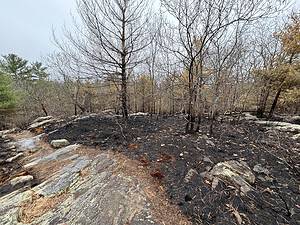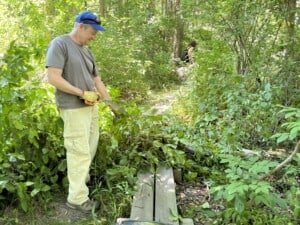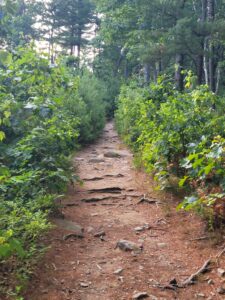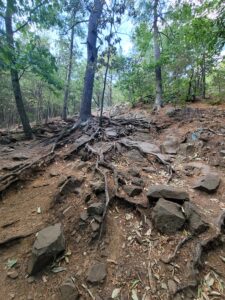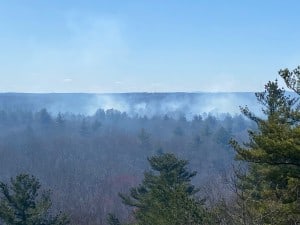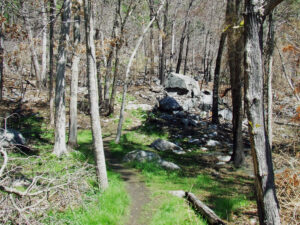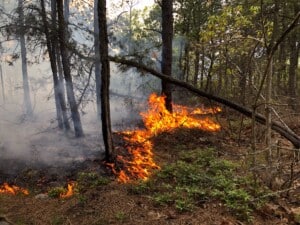Living in New England means that big snowstorms can sometimes start in fall and stretch well into spring. While this may mean more shoveling, more snow days, and turning up the heat just a tad, it also means that we can expect a healthy watershed and a lesser chance of a drought in the summertime.
Learn more about the watershed: watch Blue Hills A-Live, your weekly guide to the Blue Hills.

Photo submitted by Carolyn Rannacher.
How does snow help your local groundwater? When a very big rainstorm hits an area, often the rainfall will surge rivers and enter the water systems rapidly, sometimes causing flooding. This rapid accumulation and subsequent flow does not give the land and soil an opportunity to absorb much of the water to retain it. Unlike rainfall, snowpack sits on the surface for some time while slowly melting and releasing water consistently and slowly into the ground over a longer period of time. Snowmelt replenishes these underground water stores more effectively over a longer period of time. More snowfall means more groundwater stored up. So, during the summer months where we get less rainfall, rivers and ponds are still full because of this groundwater is released.
Learn more by watching Blue Hills A-Live, your weekly guide to the Blue Hills.

Photo submitted by Kelly Majmudar.
It seems that a very snowy winter might not prevent a drought, but it does buffer against drying riverbeds and lakes and can tide a watershed over until the next big rain storm.


